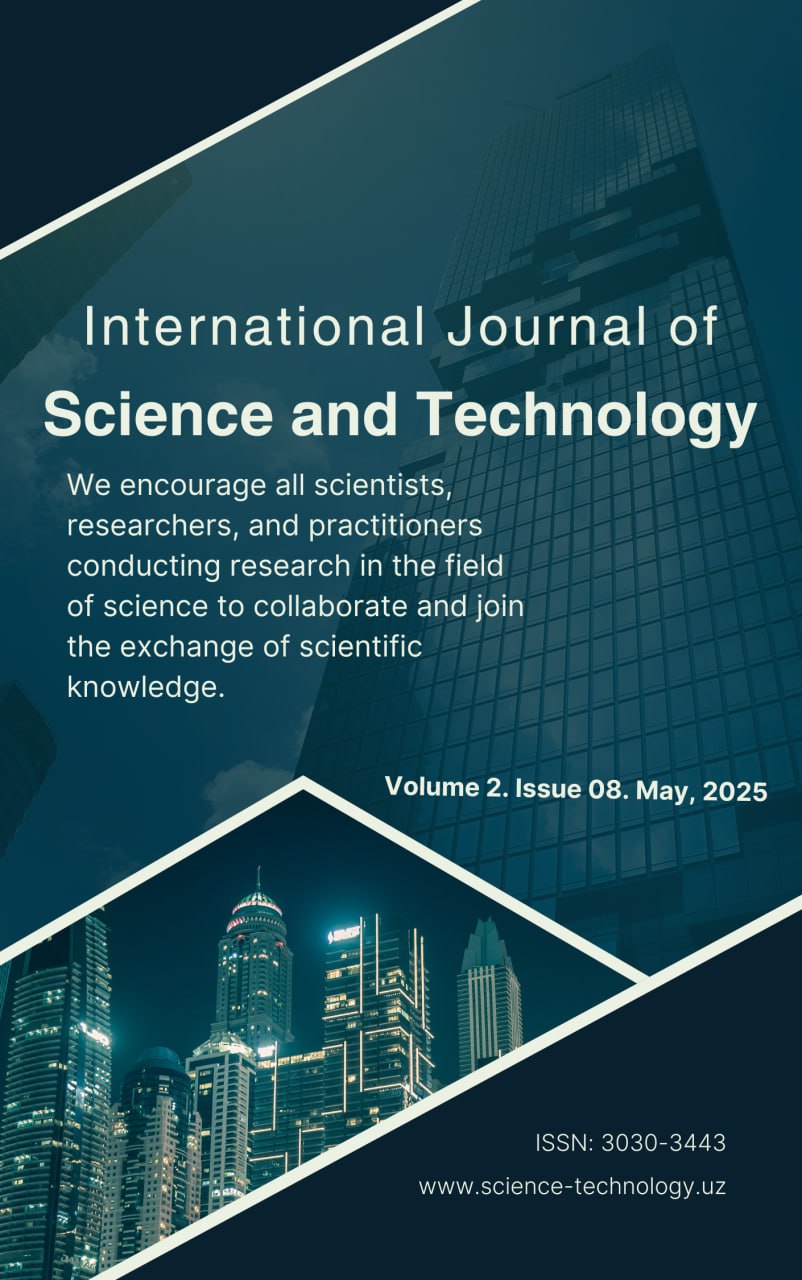Published 23-06-2025
Keywords
- storytelling, English language teaching, vocabulary acquisition, grammar instruction, cultural resonance, Uzbekistan, narrative pedagogy, learner engagement.

This work is licensed under a Creative Commons Attribution-NonCommercial-NoDerivatives 4.0 International License.
How to Cite
Abstract
Storytelling, an ancient practice rooted in human culture, has emerged as a powerful pedagogical strategy for teaching English vocabulary and grammar, particularly in diverse educational contexts like Uzbekistan. This article explores how narrative-based methods enhance language acquisition by embedding linguistic elements within engaging, culturally resonant stories. Drawing on cognitive, emotional, and cultural dimensions, storytelling outperforms traditional rote learning, fostering deeper retention and fluency. Through practical classroom applications, evaluation strategies, and solutions to implementation challenges, this study highlights storytelling’s potential to transform English language teaching, aligning with Uzbekistan’s educational reforms that emphasize global competence and cultural identity.
References
- Crystal, D. (2003). English as a Global Language (2nd ed.). Cambridge University Press. p. 6.
- Hedge, T. (2000). Teaching and Learning in the Language Classroom. Oxford University Press. pp. 27, 145-146.
- Egan, K. (1986). Teaching as Storytelling. University of Chicago Press. pp. 19, 24.
- Haven, K. (2007). Story Proof: The Science Behind the Startling Power of Story. Libraries Unlimited. p. 29.
- McDrury, J., & Alterio, M. (2003). Learning Through Storytelling in Higher Education. Routledge. pp. 42-43.
- Vygotsky, L. S. (1978). Mind in Society: The Development of Higher Psychological Processes. Harvard University Press. pp. 84, 86, 89.
- Horwitz, E.K. (2007). Surveying student beliefs about language learning. In A. Wenden & J. Rubin (Eds.), Learner strategies in language learning (pp. 119-129). London, UK:
- Prentice-Hall International. p. 20.
- Robin, B. R. (2011). The educational uses of digital storytelling. In N. Arnold & L. Ducate (Eds.), Present and Future Promises of CALL pp. 21-36. CALICO. pp. 21, 27, 29.
- Nation, I. S. P. (2001). Learning Vocabulary in Another Language. Cambridge University Press. pp. 23, 25.
- Thornbury, S. (2002). How to Teach Grammar. Cambridge University Press. pp. 78, 80.
- Thornbury, S. (2002). How to Teach Grammar. Cambridge University Press. p. 34.
- Pimsleur, P. (1967). A memory schedule. The Modern Language Journal, 51(2), 73-75. p. 73.
- Karimov, I. A. (2012). Chet tillarni o’rganish tizimini yanada takomillashtirish chora-tadbirlari to’g’risida. PQ 1875. Tashkent. p. 1.
- Mirziyoyev, S. (2017). Speech at the national education reform conference. Tashkent, Uzbekistan. p. 1.
- Омонов, Б. (2024). Происхождение и историческое развитие гендерной терминологии. Общество и инновации, 5(6), 166-174.
- Omonov, B. (2022). Ingliz vа о ‘zbek tillаridа geоlоgiyаgа оid terminlаr о‘zlаshishi kоgnitiv jаrаyоn sifаtida. Scienceweb academic papers collection.

